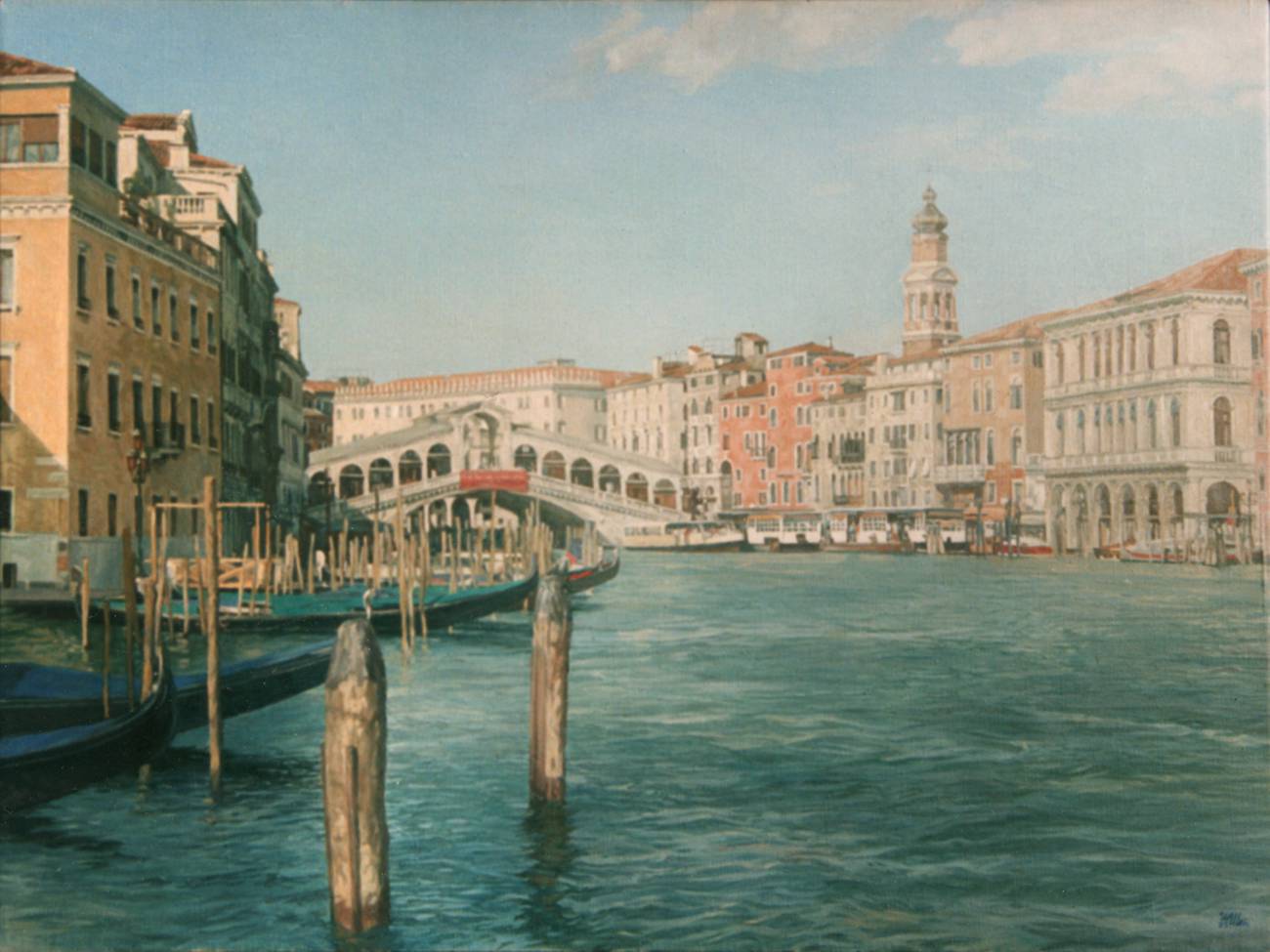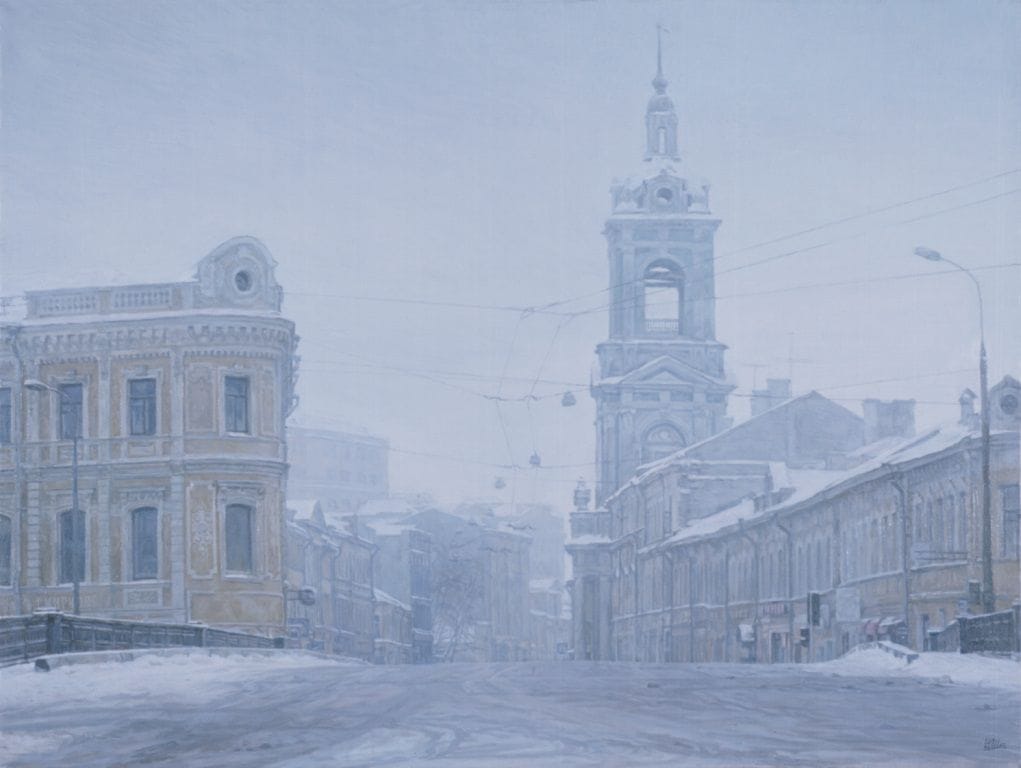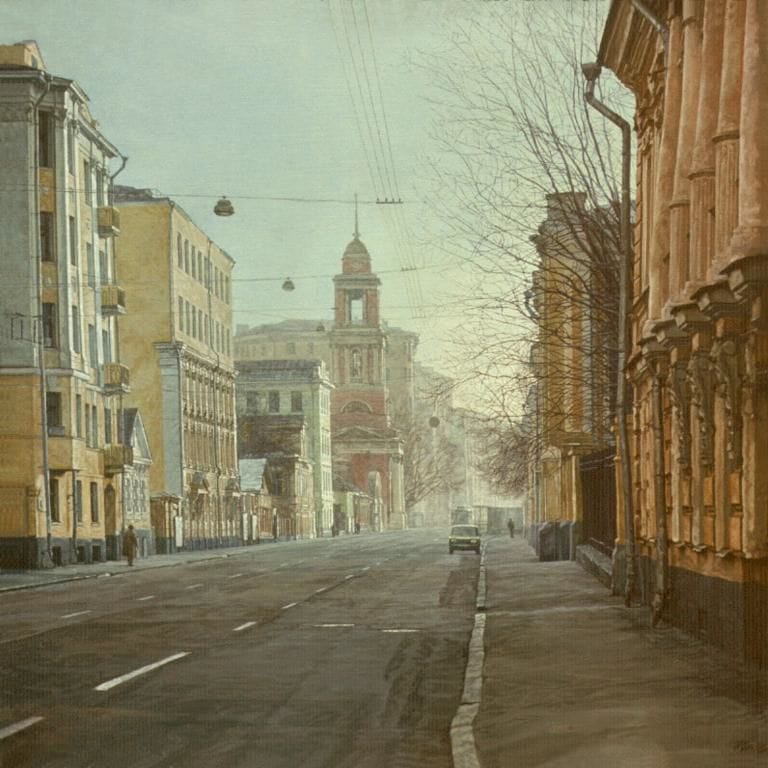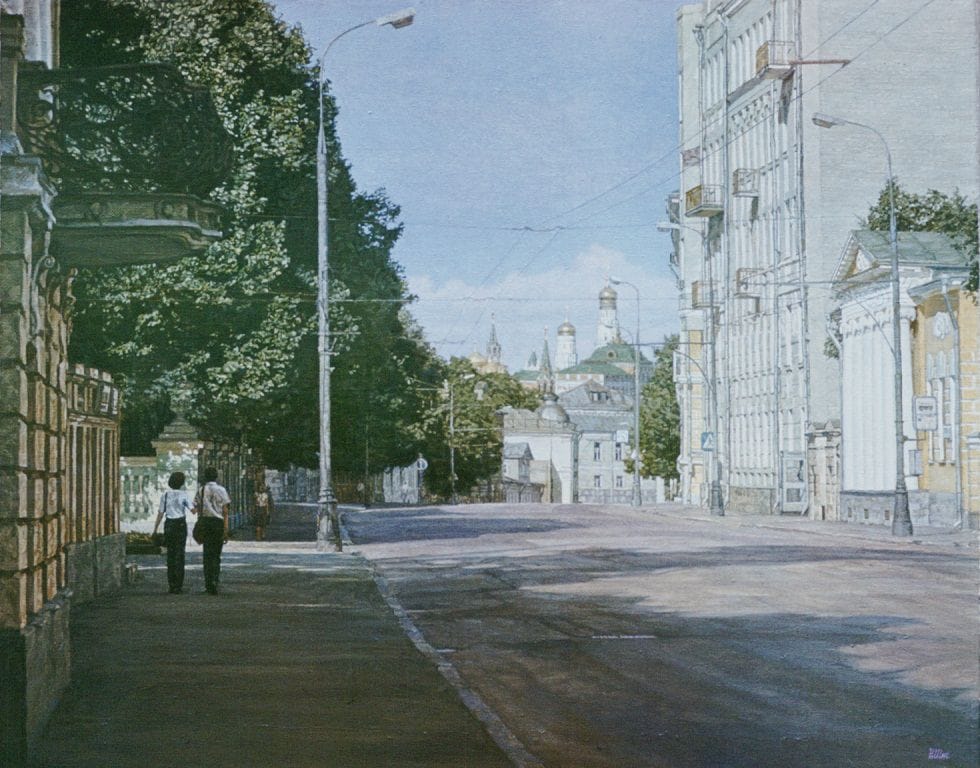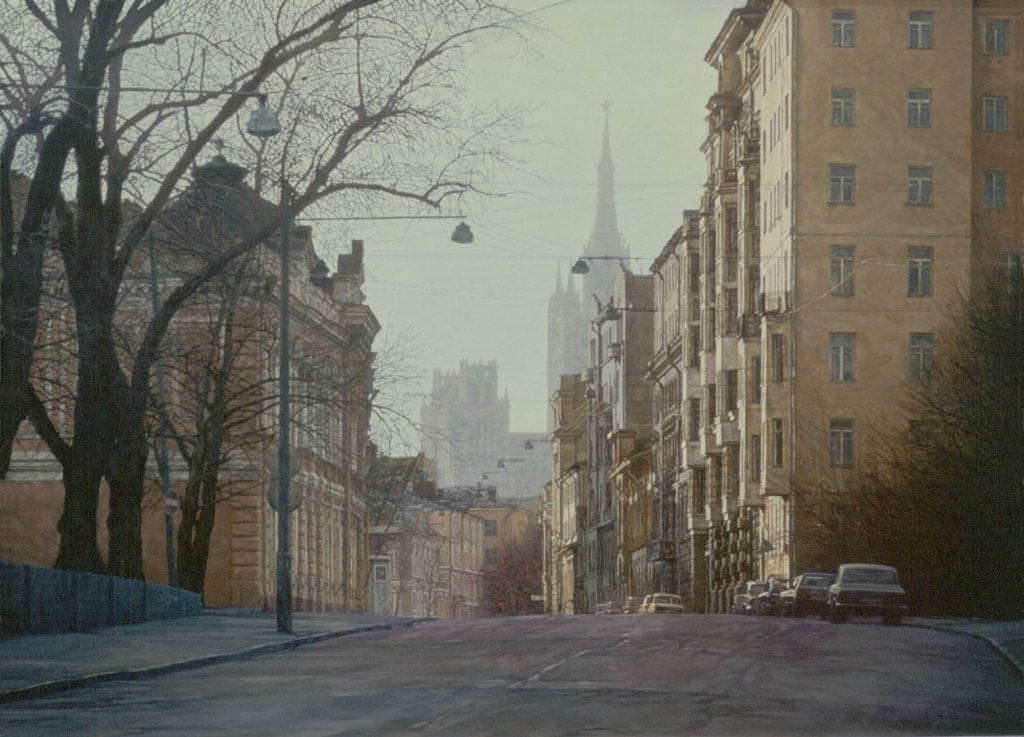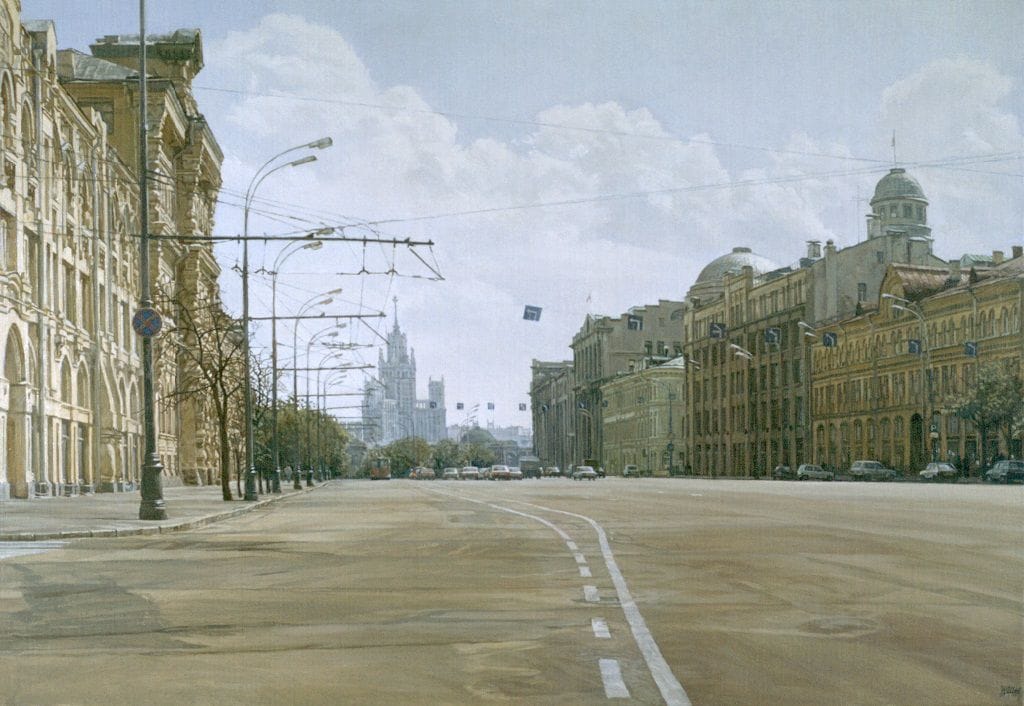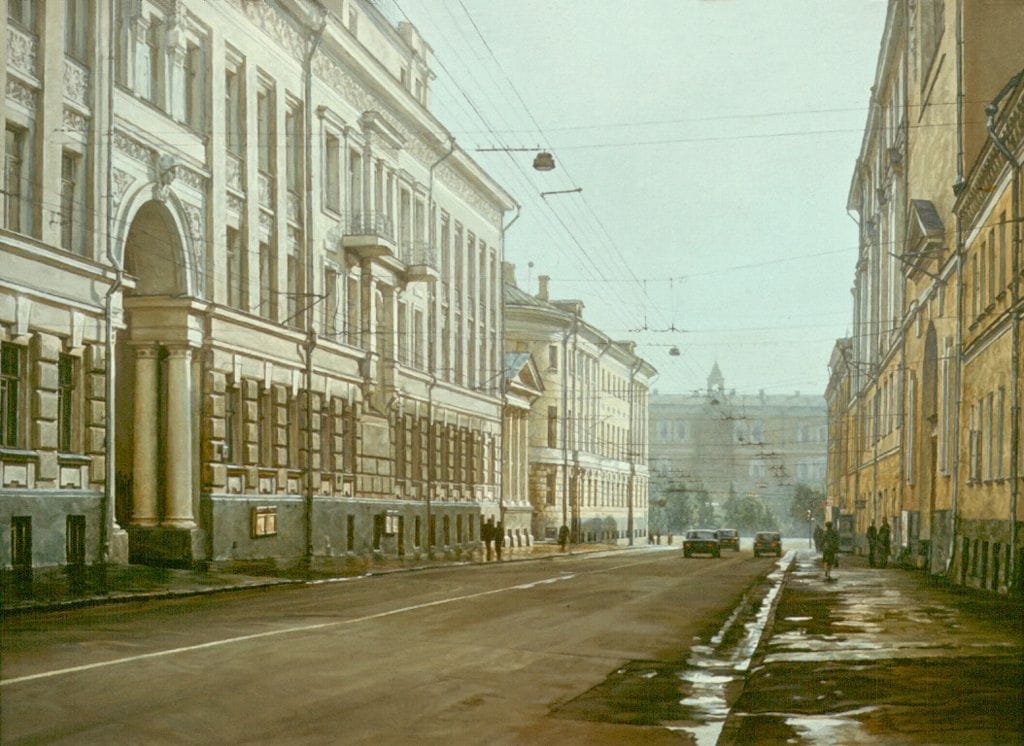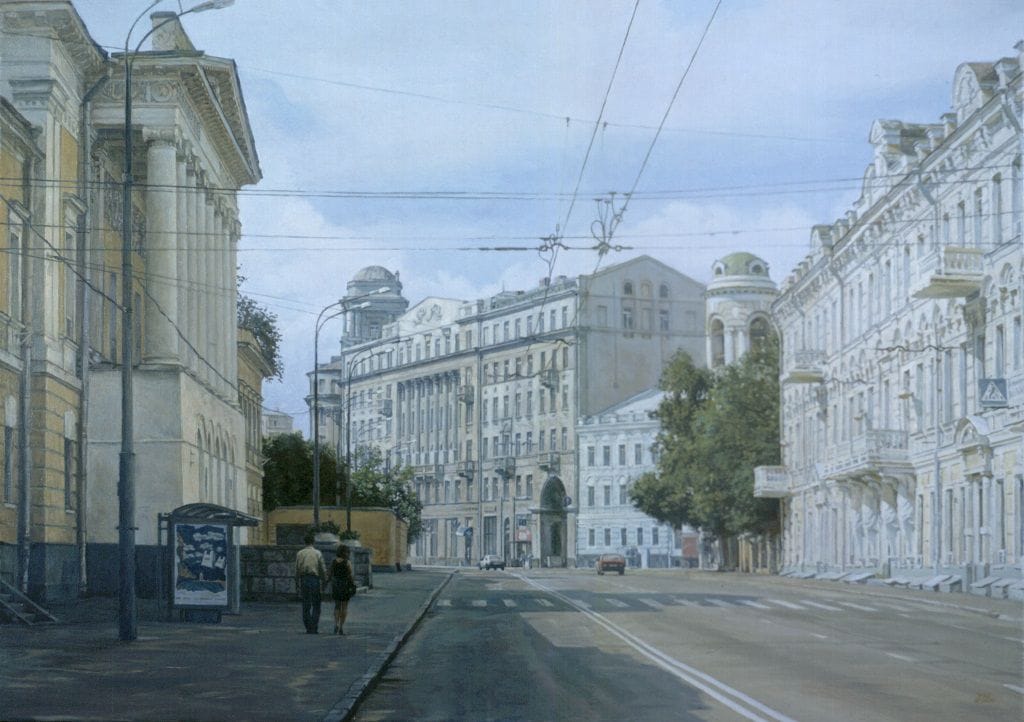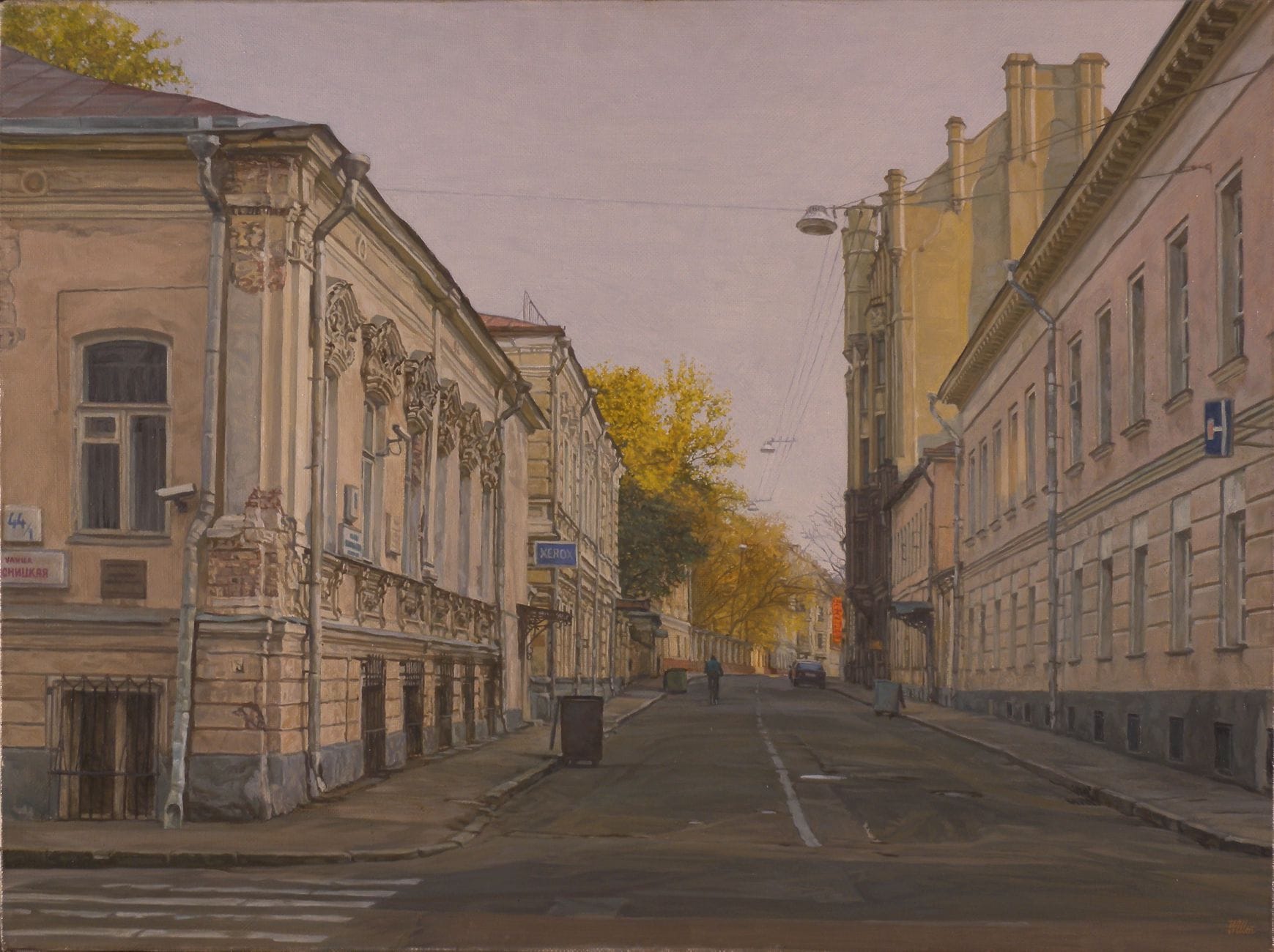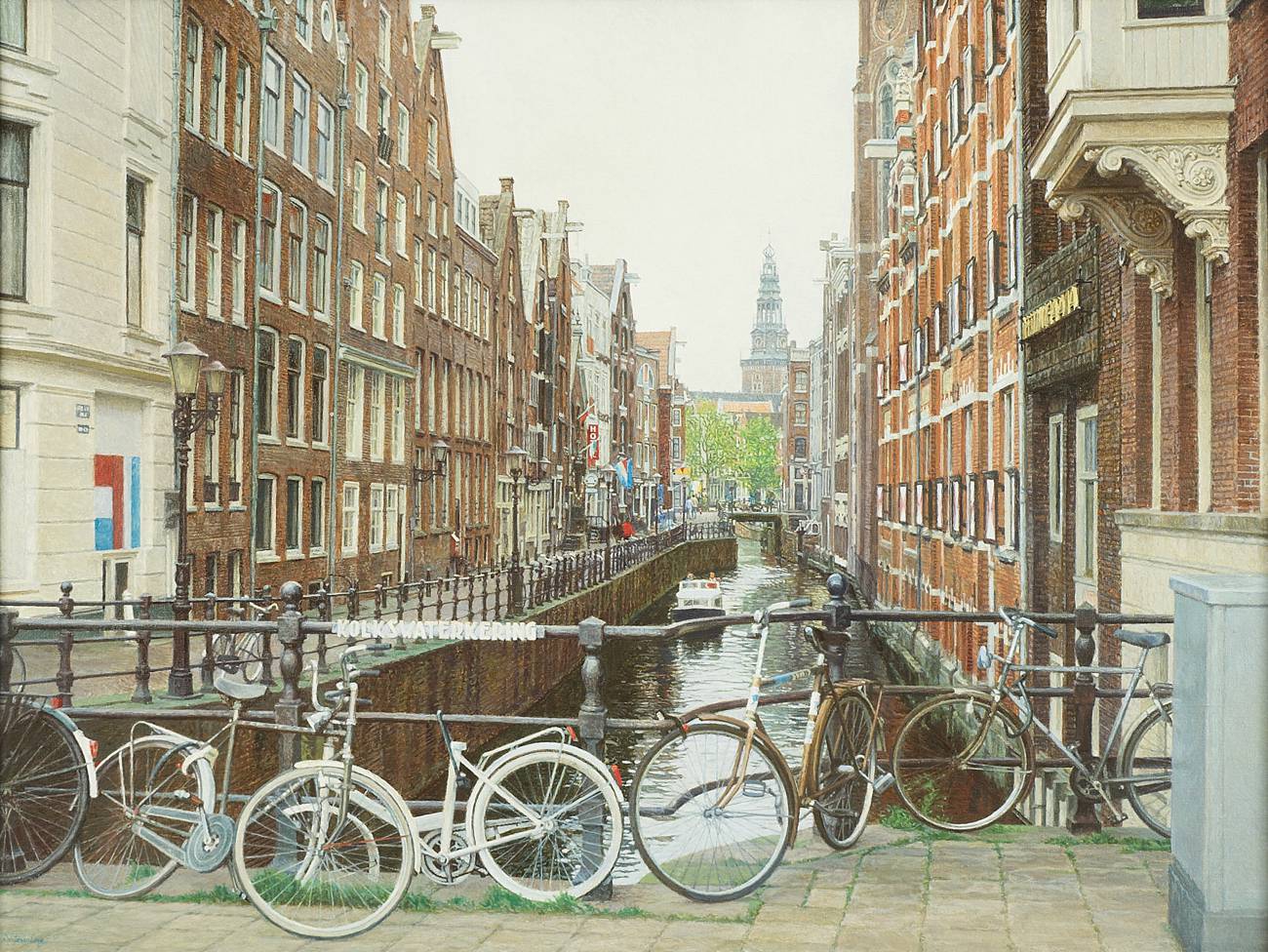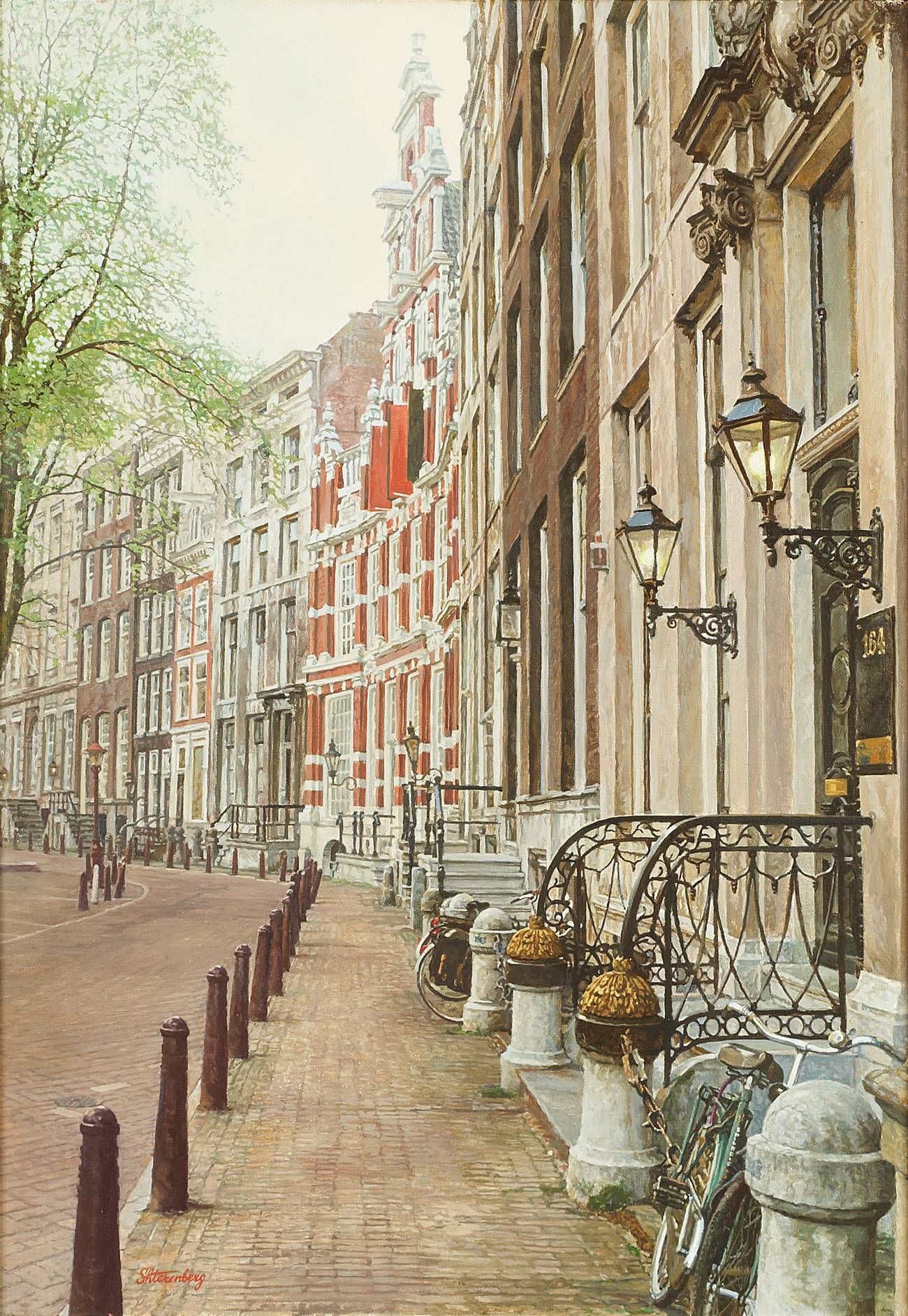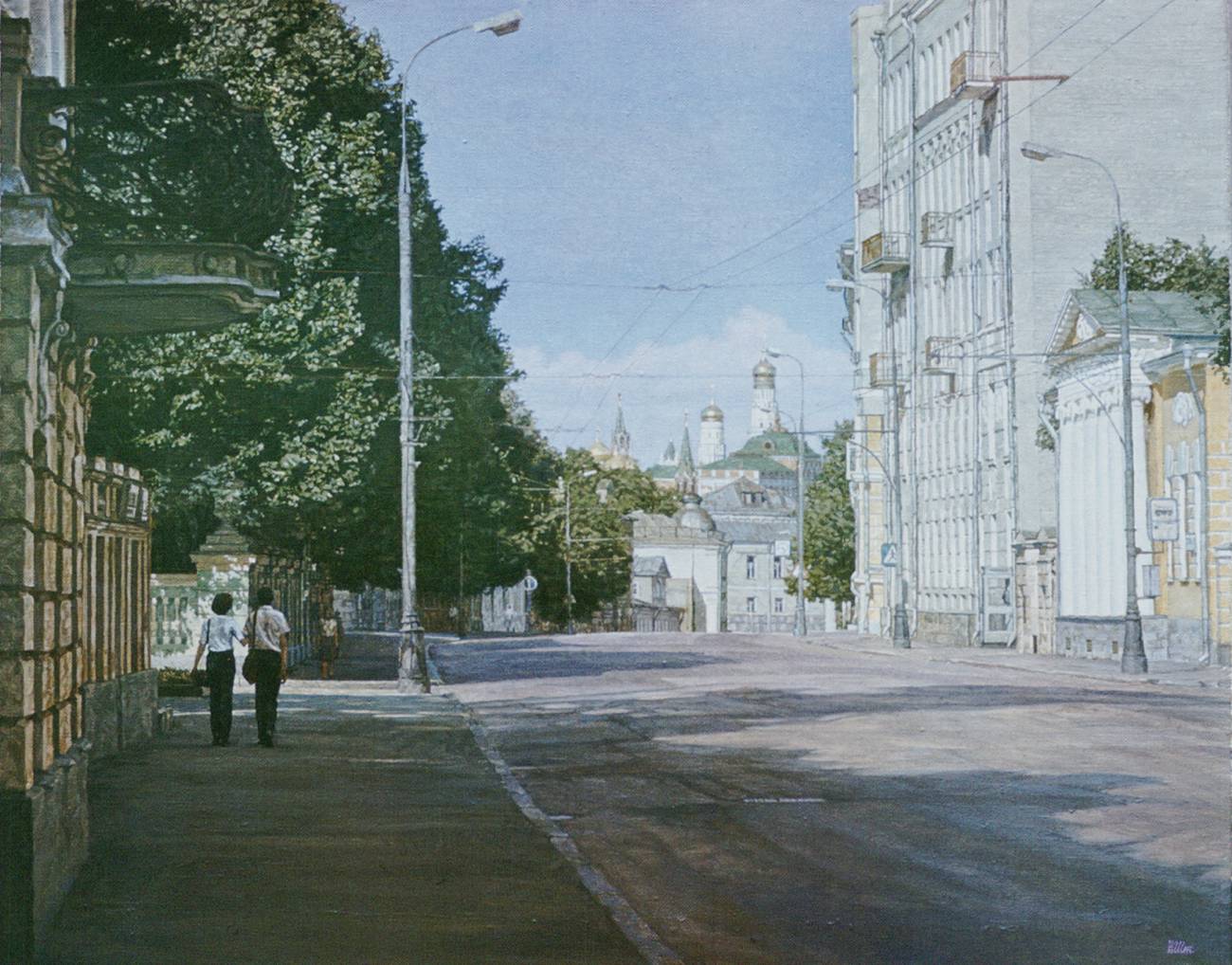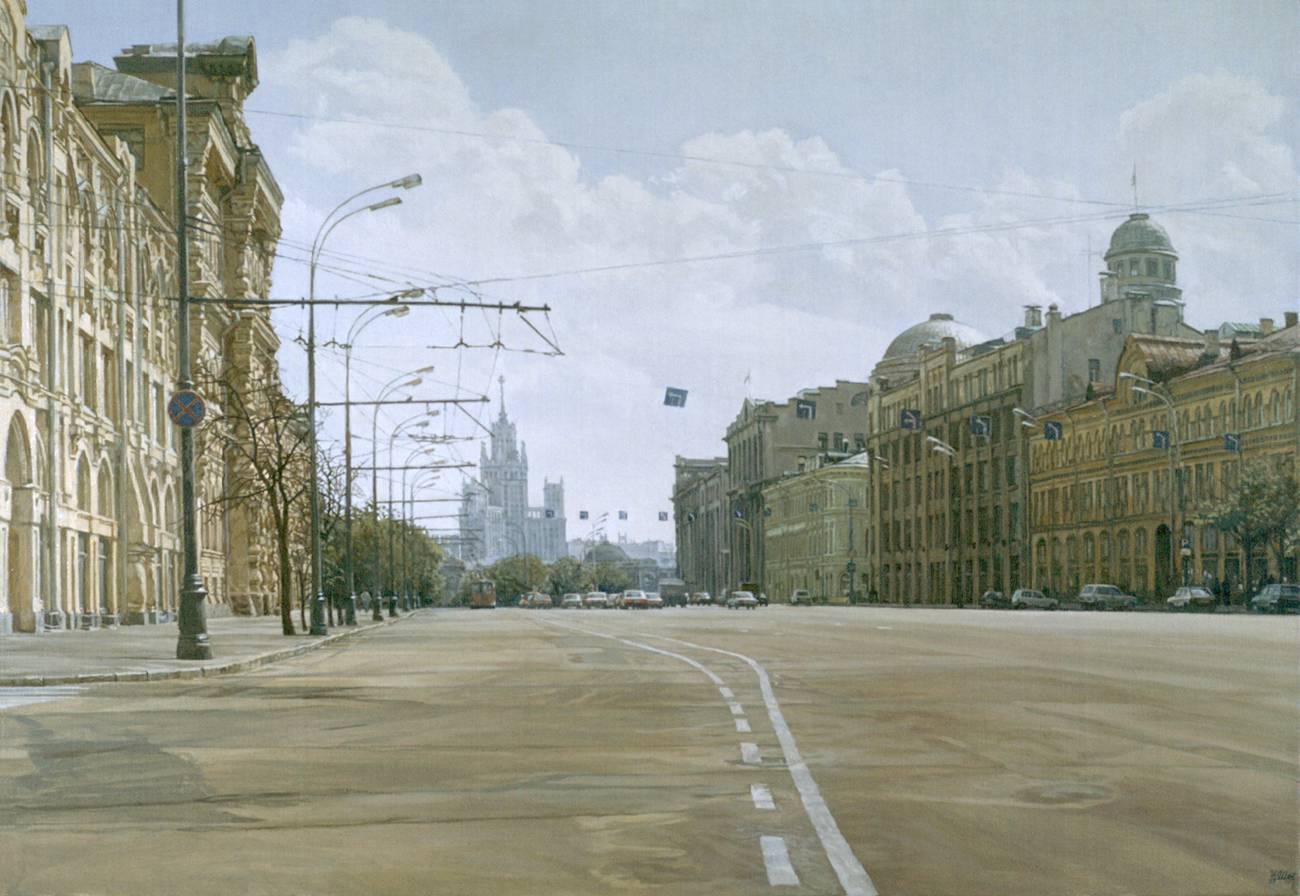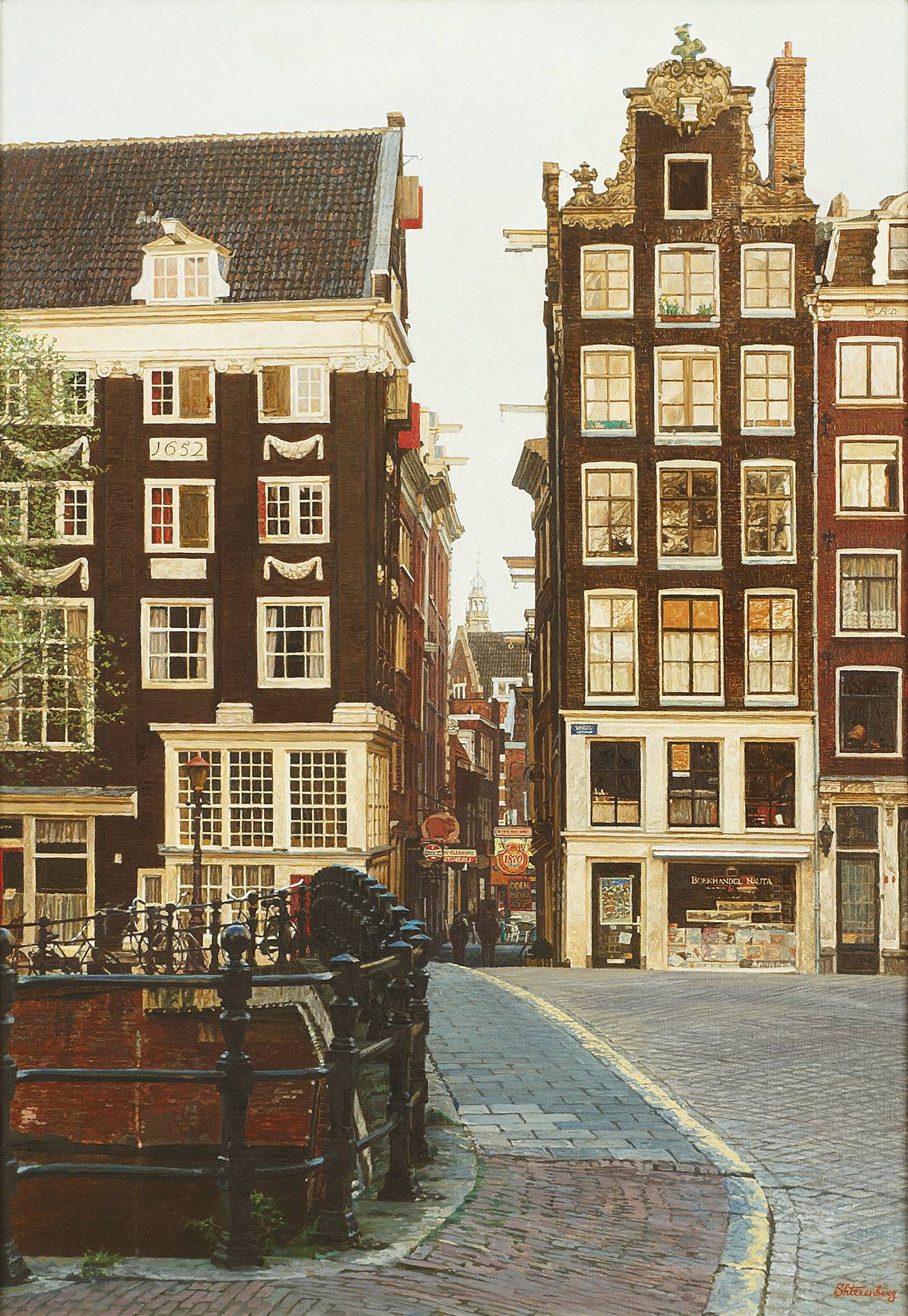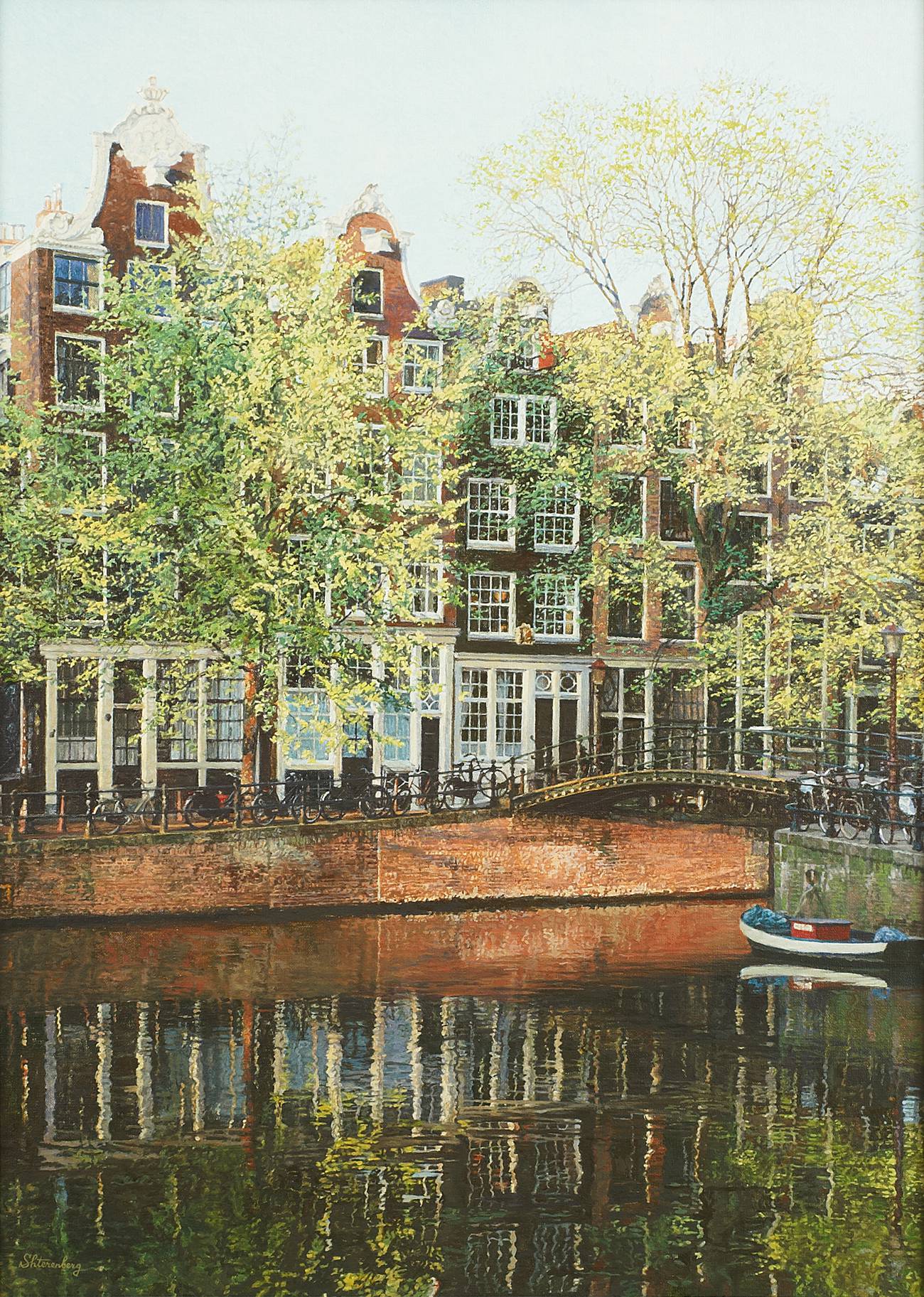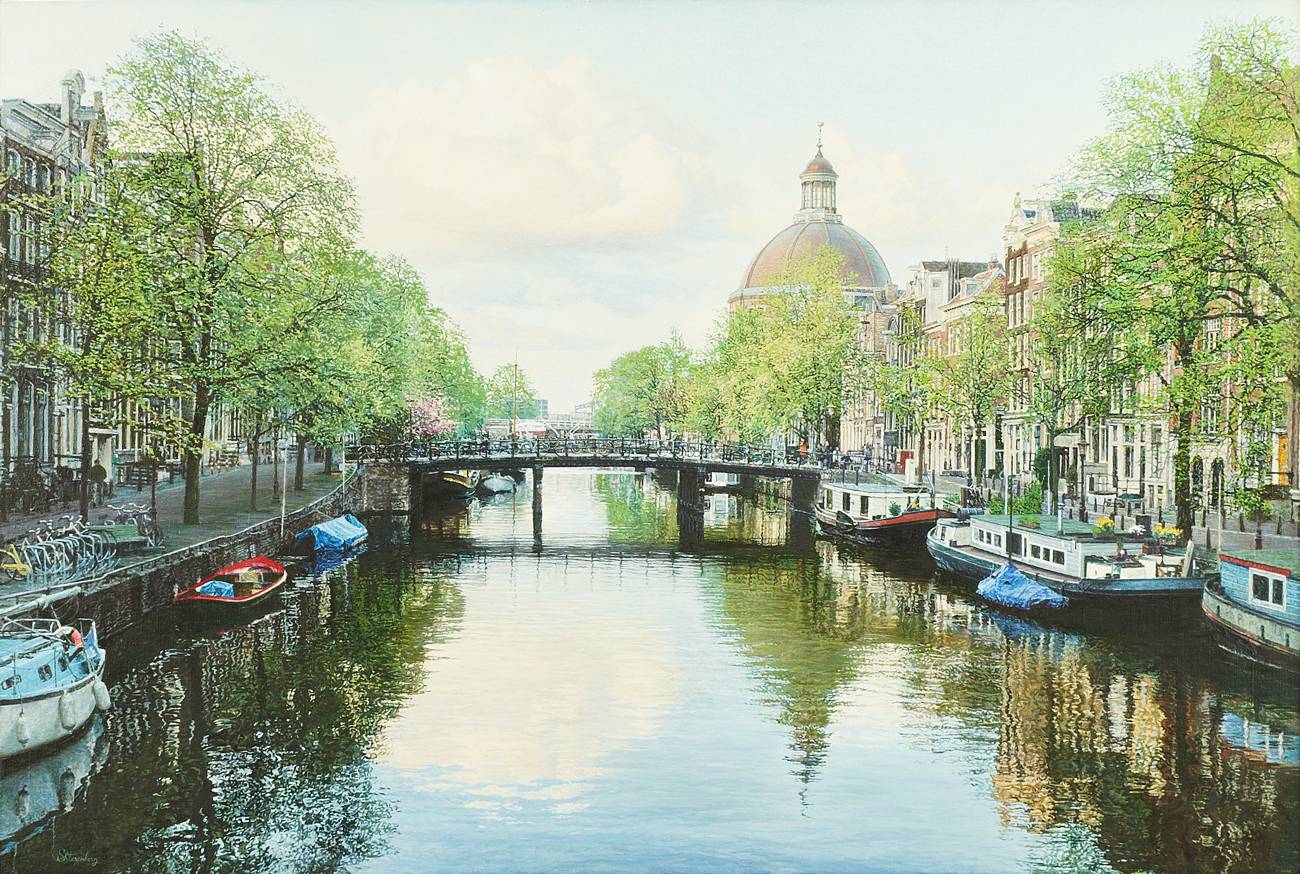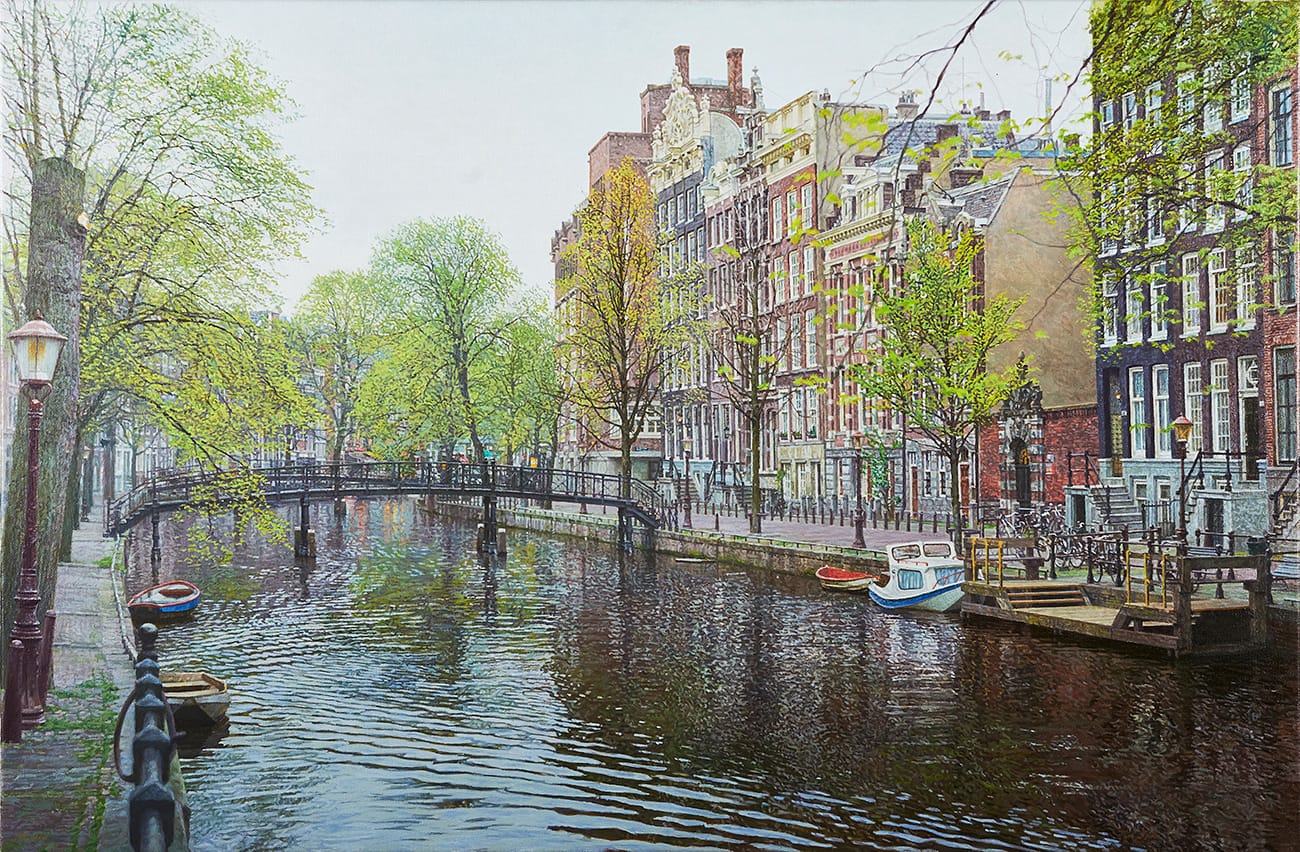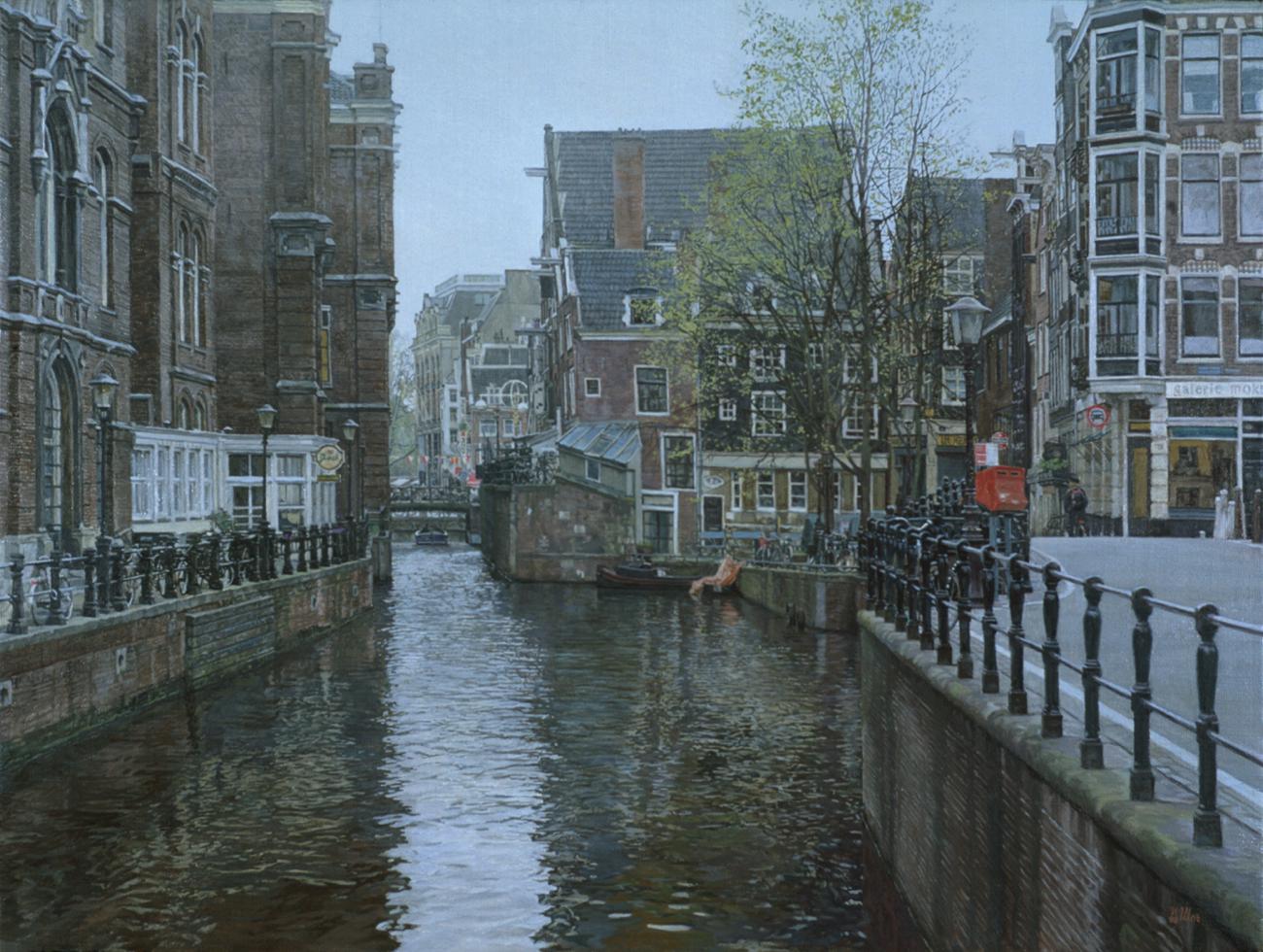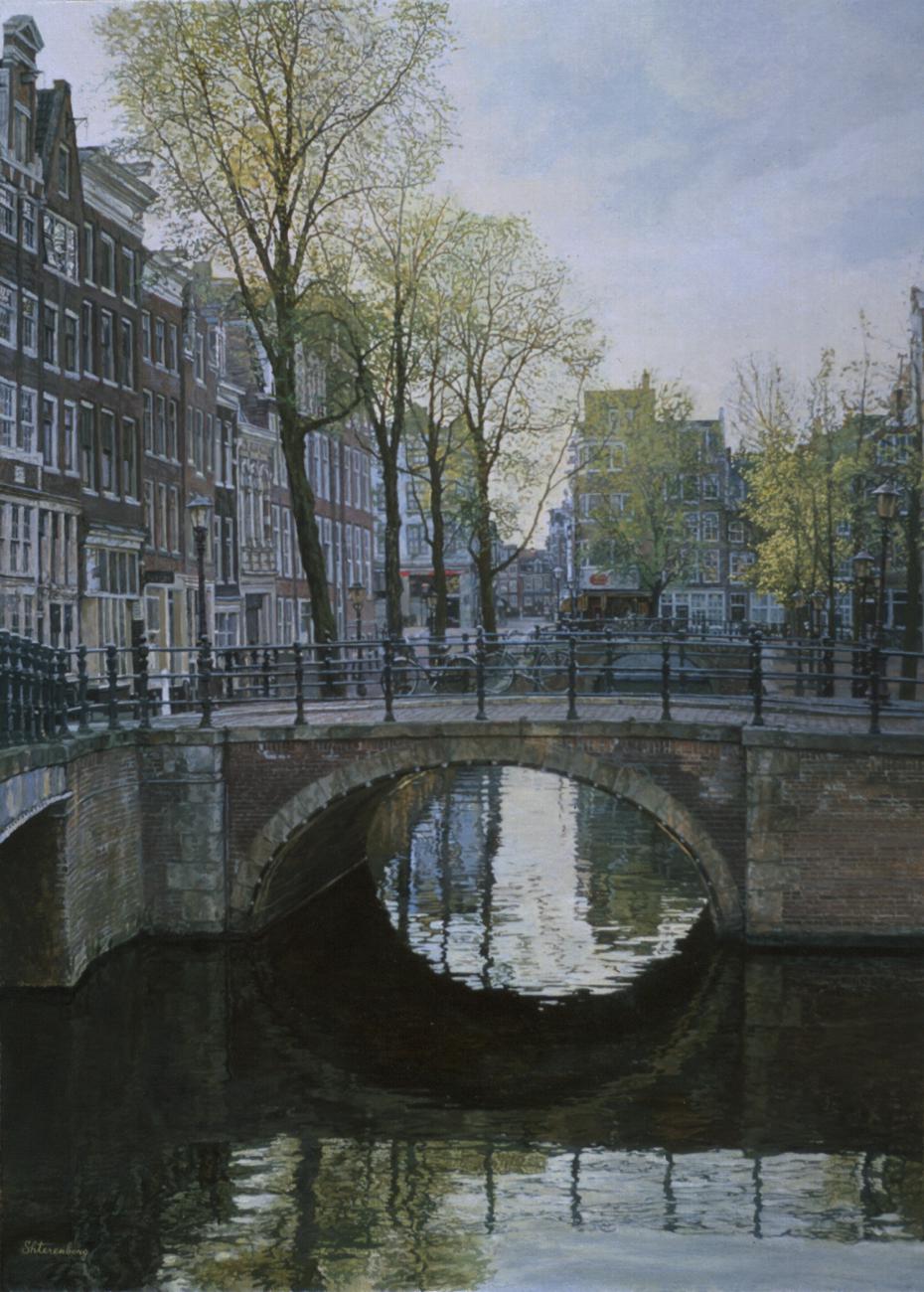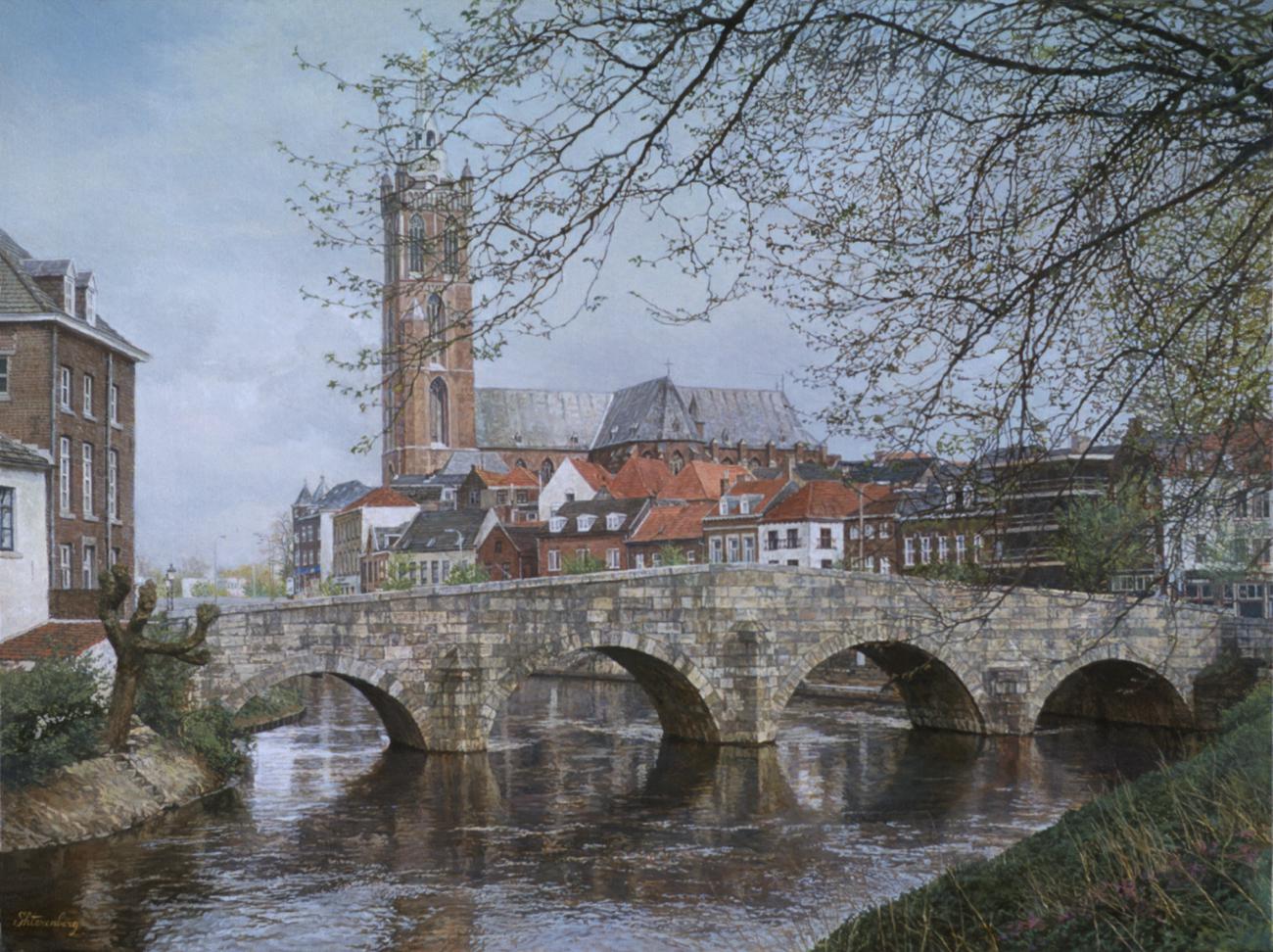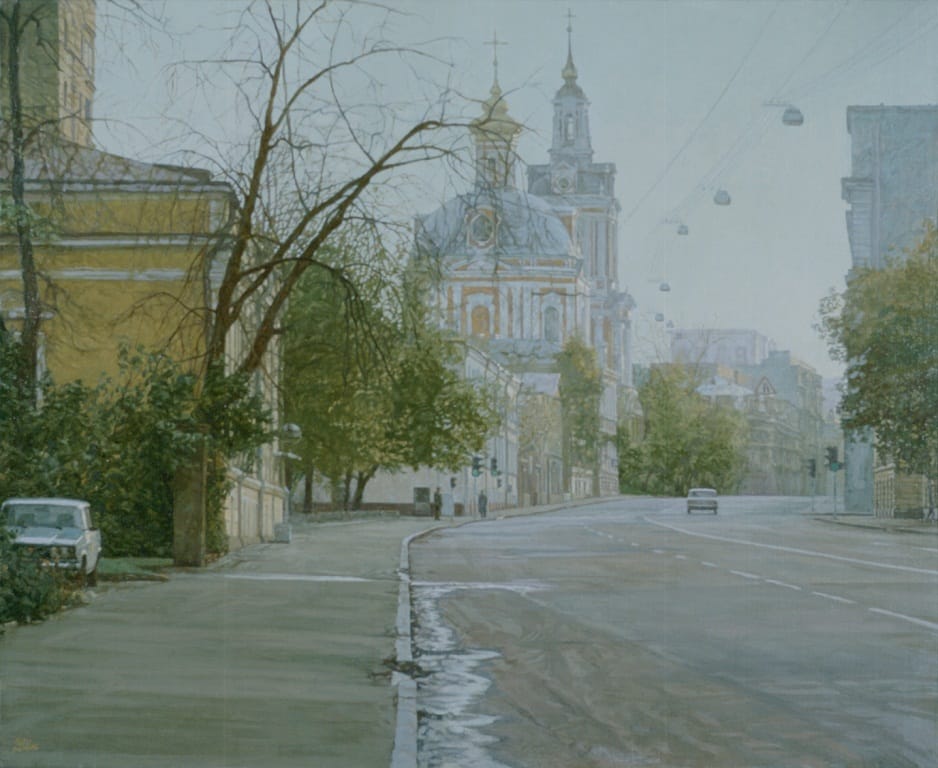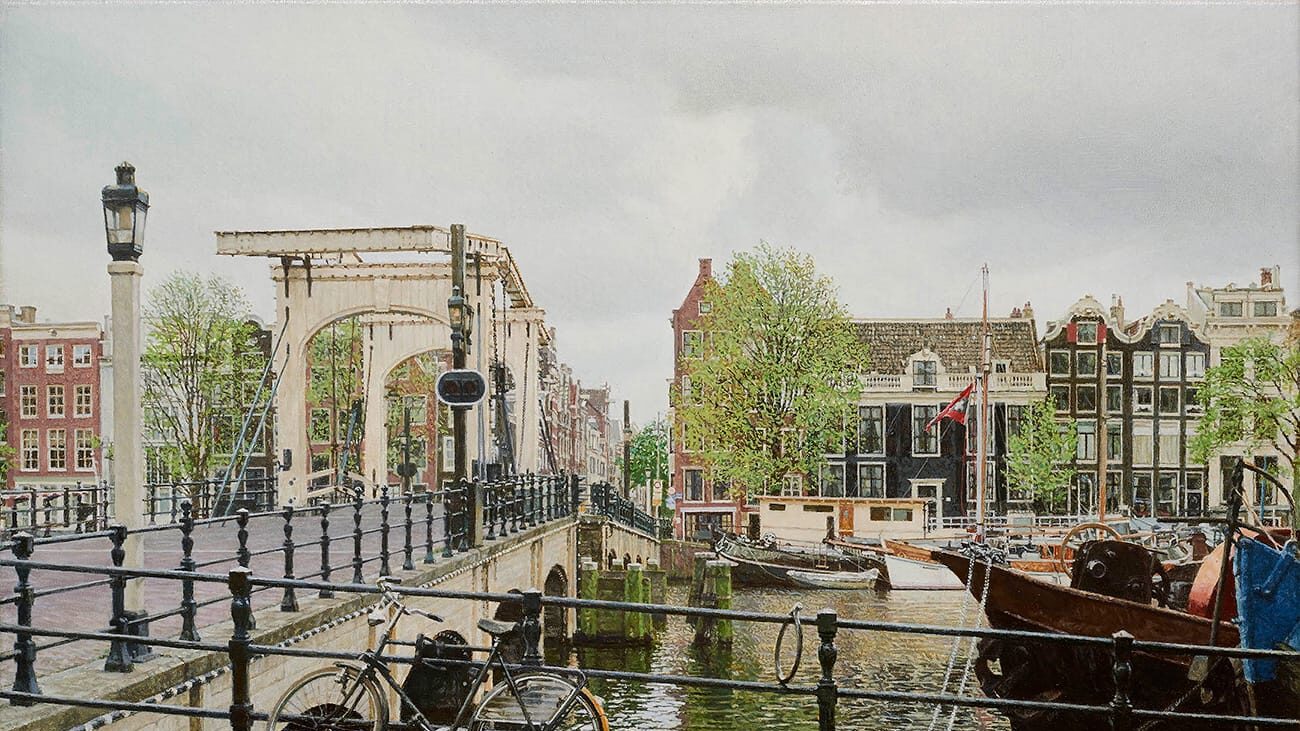FAMOUS ARTIST Igor Shterenberg

I am an urbanist. I love beautiful architecture, especially old buildings, where you can see the architect’s and the constructor’s masterful hand, where you can feel the texture of the walls and the earth.
Biography
Igor Shterenberg was born in 1960 in Moscow. It’s no coincidence he is an artist: both his father, grandfather and grandmother were painters. His wife comes from a family of artists.
From 1972 to 1978 Shterenberg studied at the Surikov Institute of Fine Arts in Moscow. In 1978 he was admitted to further education at the same institution, a course which he completed successfully in 1984. From 1980 to 1989 Shterenberg worked as an illustrator of children’s books. In 1990 he became a member of the Moscow Union of Artists. He has – among others – exhibited in the Kremlin and in the Pieter Brueghel Art Gallery in Amsterdam.
In his youth Shterenberg worked mainly with watercolors. At the age of sixteen, he switched to oils. Today he still works only in oils. Shterenberg sees himself as a ‘photo-realist’. His main source of inspiration is Johannes Vermeer, whose love for painting city scenes he shares.
Like many other painters, I find it easier to draw a picture than to explain it. I take my time choosing a subject for my paintings, just like I take my time actually working on a picture.
Cityscapes have always attracted me. I am an urbanist. I love beautiful architecture, especially old buildings, where you can see the architect’s and the constructor’s masterful hand, where you can feel the texture of the walls and the earth.
I’m interested in the street perspective. The air embracing everything, filling everything with life, with space. This could be a melancholy evening mood or a cool breezy day carrying a promise of change.
When choosing a subject for my painting, beside harmony and a beautiful view, I search for some memories that have touched my vision and my soul. And, like a poet, I’m adding my own self to those moments: a sunset, silence, rest… (I admire Claude Lorrain’s paintings and their sense of peace in the evening, a kind of half-paradise).
I am a skilled painter, with a keen eye and a strong drawing hand, which would be enough for a precise and detailed naturalist. But long working hours don’t exactly go well with the fleeting state of nature. That is where photography comes in as a resource. To me photography is just an aid to materialize what I see, to express my love for detail. The photograph is never enough in my working process; I want to communicate something beyond what’s in the photograph. That’s why a painting is never done fast.
I’ve never counted how many hours I spend on a single painting, or how many hours I work every week. That might be a specific Russian trait.



